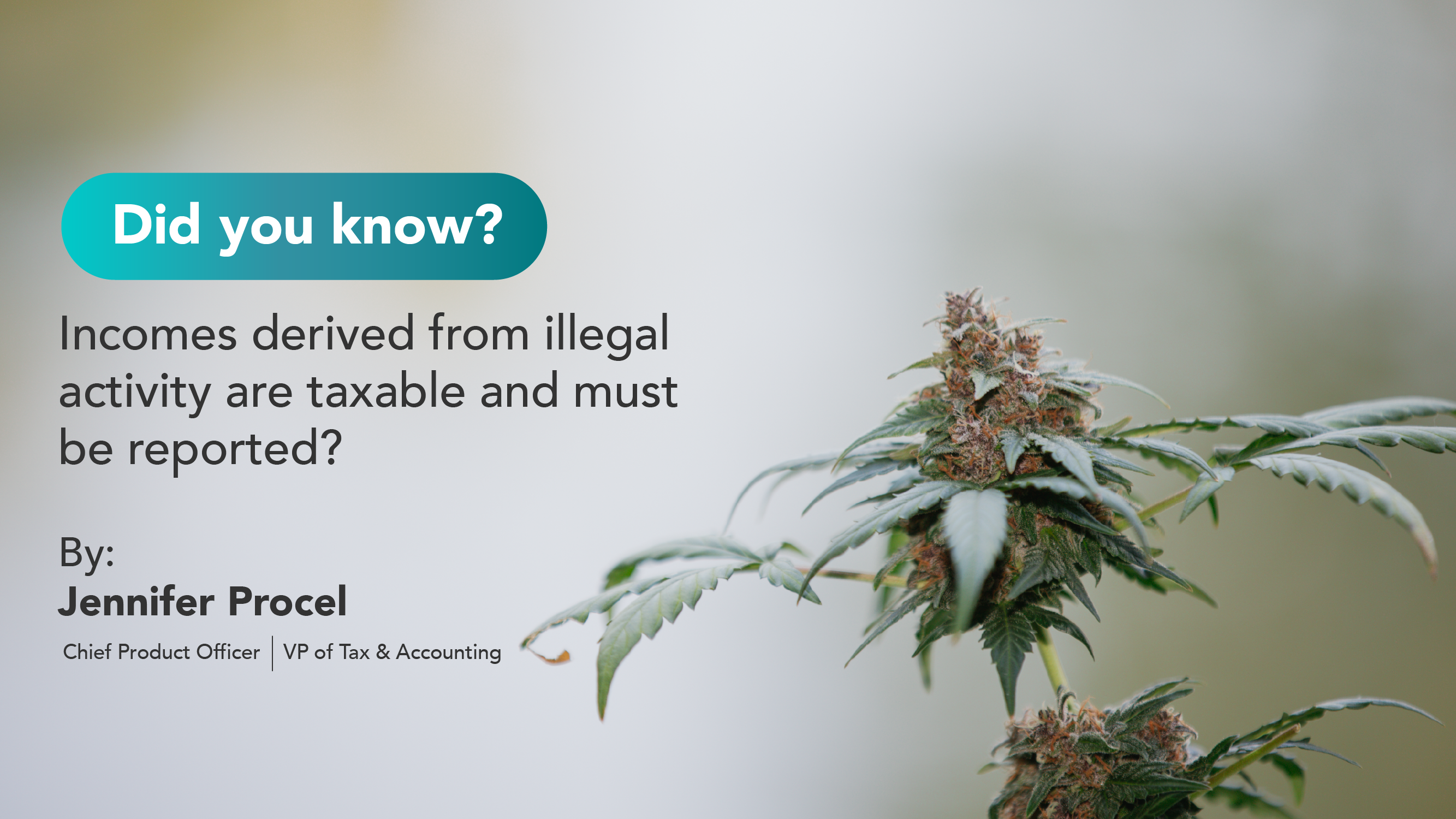What you need to know about being self-employed
If you’re reading this, we’re assuming you are either considering quitting your job and going self-employed or you just made the big jump! This is an exciting time because it means you’re your own boss and you have much more control over your schedule. We want to help guide you along with this big transition by outlining what you need to know about taxes when you go self-employed.
What does self-employed mean?
If you are a sole proprietor, independent contractor, or member of a partnership that conducts business, then you are considered self-employed by the IRS. If you are in business for yourself, even part-time, then it’s safe to take on this label.
How much will I owe?
Let’s skip to what you really want to know, how much will you pay? Self-employment tax is 15.3%, inclusive of 12.4% social security tax and 2.9% going to Medicare. This does not include the income tax that you are still required to pay.
When do I pay?
We added this question because it’s very important to note that you will need to make estimated monthly payments if you expect to own more than $1,000 in self-employment tax. Yes, you will still file your yearly tax return but the IRS does expect you to make these payments quarterly. The schedule is below. We highly recommend screenshotting it and bookmarking this post! If for some reason you’re thinking about not filing quarterly and just see what happens, think again because the IRS does impose penalties if this is not done. Download IRS Form 1040-ES to file these taxes.
If you make over $400 from self-employment income but expect to owe less than $1,000 in tax, you won’t have to make quarterly payments but you will be expected to file the IRS Schedule SE with your tax return. If you make under $400, you won’t be expected to file a Schedule SE form but you will need to include the earnings as income on your tax return using the IRS Schedule C.
Self-Employment Filing Dates to Remember
| Income Earned Period | Estimated Taxes Due |
| January 1 – March 31 | April 15 |
| April 1 – May 31 | June 15 |
| June 1- August 31 | September 15 |
| September 1 – December 31 | January 15 of the following year |
How can I lower my self-employment tax bill?
You can lower your tax bill with a number of tax deductions and credits. A deduction is the amount of money you deduct from your total taxable income. A tax credit is the dollar-for-dollar reduction on your total tax bill. Here are some popular deductions and credits you can include:
Deductions:
- Health insurance premium
- Home office or business rent
- Wi-Fi and phone bills
- Travel including business-related mileage
- Vehicle use
- Meals for business meetings
- Software and tech costs
- Business insurance
- Business loan interest
- Advertising
- Retirement contributions
- Startup costs
Credits:
- Earned income credit
- Additional child tax credit
- American opportunity credit
- Credit for federal tax on fuels
- Premium tax credit
- Health coverage tax credit
If you’re looking for expert tax services to help make paying your self-employed taxes easier, our self-employed IOOGO Tax Pro services start at $199.99 and all you have to do is submit your document and approve the final return!





